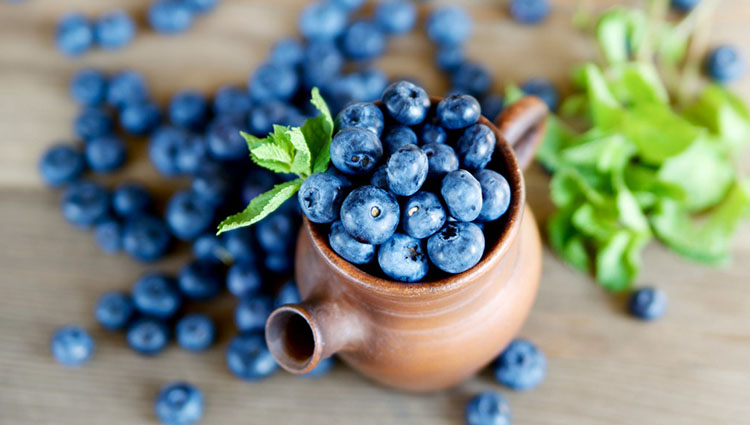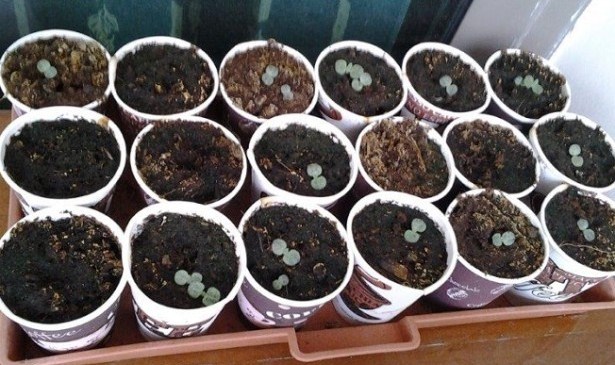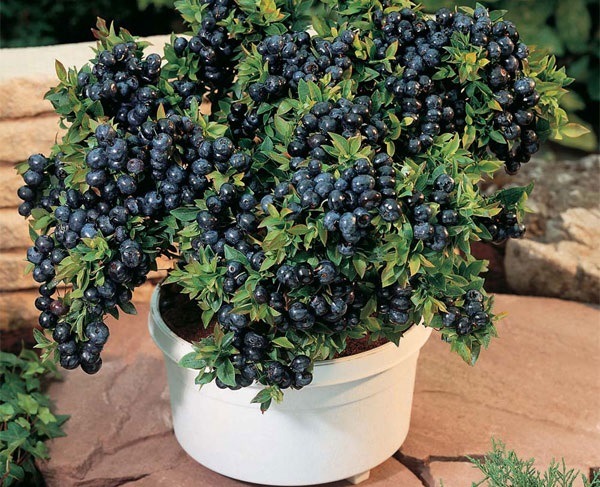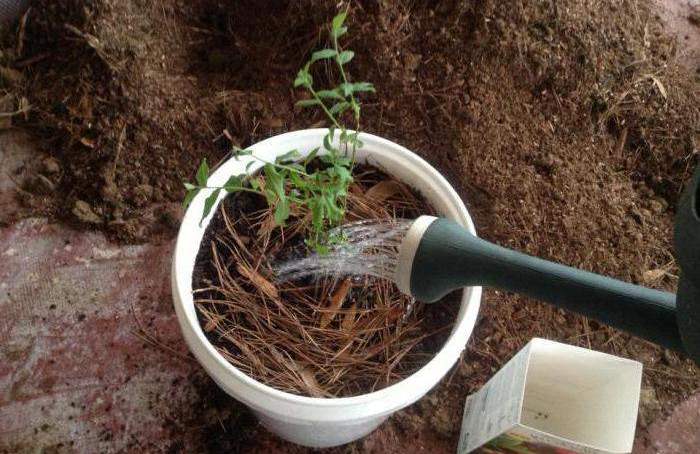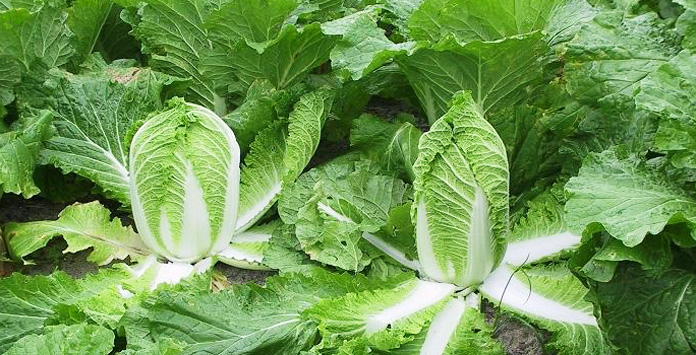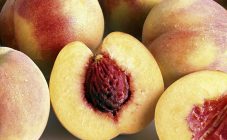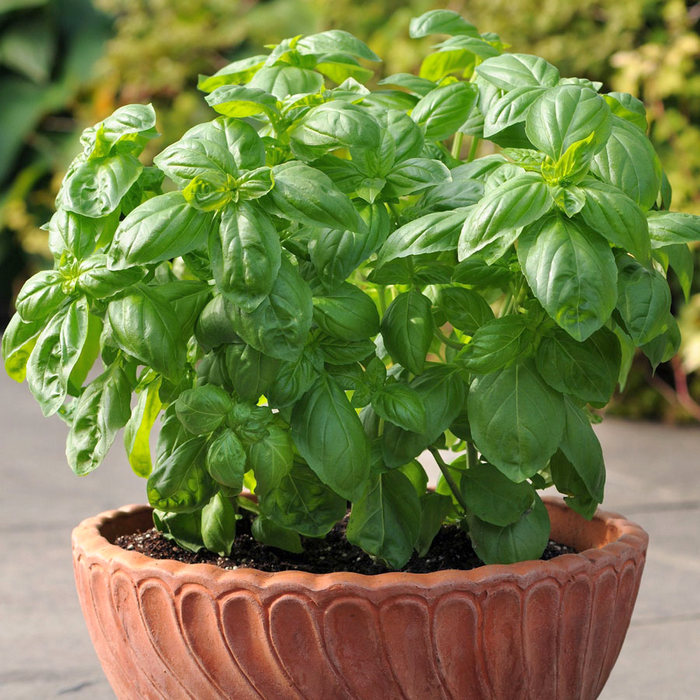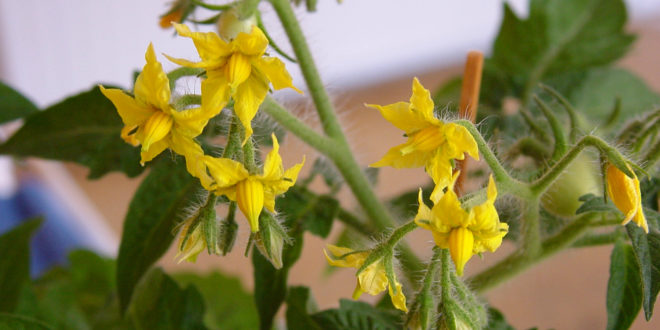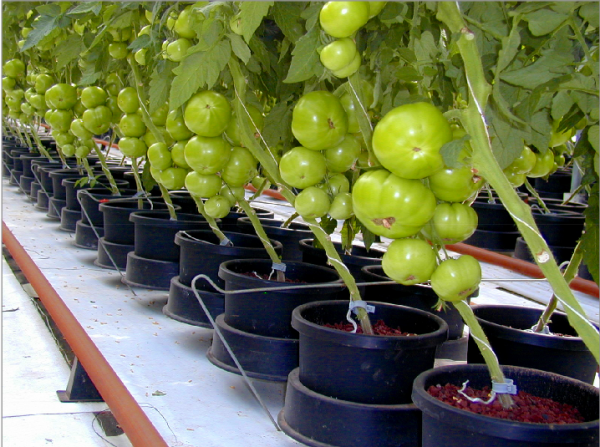Content:
Blueberries are a particularly healthy and tasty berry, therefore a large number of gardeners willingly agree to plant such in their garden. The easiest way to do this is to use seedlings. In order not to buy them, you can sow seeds.
Blueberry features
As the description of blueberries in the scientific literature makes clear, the plant belongs to the Heather family. A low pH bog environment is optimal for this plant.
The blueberry bush begins to bear fruit in about 3-4 years from the moment of planting. The plant has many varieties that differ in height, size and taste of berries, flowering and fruiting times. The bush begins to grow as soon as the air temperature rises to 7 degrees Celsius. If it is more than 18 degrees outside with a plus sign, during the period of active growth, it can increase by 1 mm in just one night.
The root system of a culture can be skeletal and overgrown. The plant is resistant to frost, but very sensitive to fluctuations in soil moisture.
What does blueberry planting material look like?
Answering the question: what all blueberry seeds look like, it is worth saying that outwardly they very much resemble buckwheat, however, they are very small in size. They have the same rough, round or oval shape. The seeds are brown. Plant breeding can only take place if the seeds themselves are ripe. Therefore, they are taken out of overripe berries, the pulp of which looks more like gruel. Planting material (seeds) is lightly washed and dried naturally.
Reproduction methods
Blueberry seeds can be planted immediately after harvest and proper preparation in August. You can also use the technology stratification. This is a simple procedure aimed at the most successful preparation of seeds for planting. Planting material should be placed in a container filled with wet sand or moss. So the seeds are kept for 3 months at a temperature of 3-5 degrees Celsius. Stratified seeds can be planted in spring.
Outside
As soon as the snow melts outside and the ground is ready for the birth of new plants, you can sow blueberry seeds. If such a gardener collected in August-September last year, then they can be stored in the refrigerator at a temperature of 0 to +5 ℃. They are planted immediately to a permanent place, to a depth of about 1-1.5 cm. You can count on the appearance of sprouts already in May-June.
In greenhouse conditions
Home-grown blueberries grow rapidly from seed.For the plant, you need to prepare suitable containers filled with earth. The seeds can be simply spread out on the ground, and covered with a thin layer of sand (up to 2 mm) or sawdust (4 mm) on top. After planting, the land must be watered, and then covered with plastic wrap to ensure the greenhouse effect. Another option is to cover it with glass and put it in a sunny place.
Seedlings should appear in about 2-4 weeks. Having noticed them, the film must be removed immediately. From time to time, seedlings need to be ventilated and watered. It is allowed to transplant a plant when at least 5-6 leaves appear on it. The plant can be planted on a permanent place of "residence" 2 years after sowing.
For what varieties is such reproduction
You can grow a blueberry bush using seeds of the following varieties:
- Blueberry Canadian Nectar - a rather tall bush (1.8-2 m), with large blue round-shaped berries that usually ripen at the end of August Canadian blueberries can grow up to 2 m in height;
- Earley Blue is a spreading bush up to 1.6-1.7 m high; it is distinguished by its rapid growth, large light blue berries, up to 18 mm in diameter, which ripen in early June;
- Blue placer - a variety created by collecting bushes of local populations, has good frost resistance; gives berries with a weight of 0.6 g and a sweet-sour taste;
- Patriot is a tall bush that can withstand up to 30 degrees of frost and gives mankind its harvest in the second half of June;
- Forest treasure is a tall variety (up to 2.2 m), has long-term fruiting;
- Elizabeth - suitable for the eastern parts, because it can withstand severe frosts; berries ripen at the end of summer;
- Blue Crop is a tall shrub, reaches 2 meters in height, has medium-sized berries and withstands frost well.
Soil preparation
Those who are thinking about the question of how to grow blueberries from seeds at home should, first of all, take care of the correct choice of soil. If the area is swampy, then the roots of the blueberry will quickly take root. The best option for blueberries to help them grow quickly is a mixture of sand and peat.
At the bottom of the pit, where the seedlings will eventually fit, sprigs of conifers or wood chips are poured. Then a layer of peat with sawdust is laid out.
For mulching (filling the top layer), the following are perfect:
- humus;
- rotted sawdust;
- needles.
Germination
To make planting blueberries easier and germination faster, some owners suggest germinating seeds. To do this, the seeds of the plant are placed on a clean, damp cloth and kept there until they germinate.
Having planted a plant, a container with it (greenhouse) is placed on the windowsill. Seedlings appear at home in 1 month.
Agrotechnics
The optimal size of the planting pit for a permanent place is 60 by 60 cm.The distance between the rows cannot be less than 2 m. place the plant vertically in the hole.
It is allowed to fill up the hole with earth brought from a forest or marsh area. If necessary, you can slightly acidify the soil. For this purpose, vinegar dissolved with water (1 cup per 10 liters of water) or citric acid (3 tsp per 10 liters of water) is added to the pit.
The berries will be large if the bush is in a sunny place.
Care
Unlike forest blueberries, garden (home) blueberries require proper care. A seedling is never complete without watering.It is also necessary to "water" the plant in case of dry weather, as well as during the period when berries appear.
Mulching should take place every spring. A layer of sawdust is best suited for this purpose. You can fertilize the plant with nitrogenous fertilizing, however, not with organic fertilizers. The cultivation of the soil around the bush is mandatory during the first 3-4 years of blueberry life.
Growing seedlings
Planting of ordinary seedlings can occur almost throughout the growing season. In the spring, such work can be done as soon as the earth warms up a little, and there will be no night frosts.
If the seedlings have an open root system, they can be planted in April and October. The optimum planting depth is 6-8 cm deep. If the soil is heavy, the diameter of the planting hole should be more than 65 by 65 cm, and the depth is slightly less than in the usual version - 5-6 cm.
In the planting hole, you can add "cubic rot", as well as peat. Such additives help to retain moisture, the optimal chemical composition of the soil. At the same time, the blueberry root system becomes more developed.
Some owners suggest using plastic films, which are covered at the bottom of the planting pit. They will prevent root decay in case of stagnant water.
